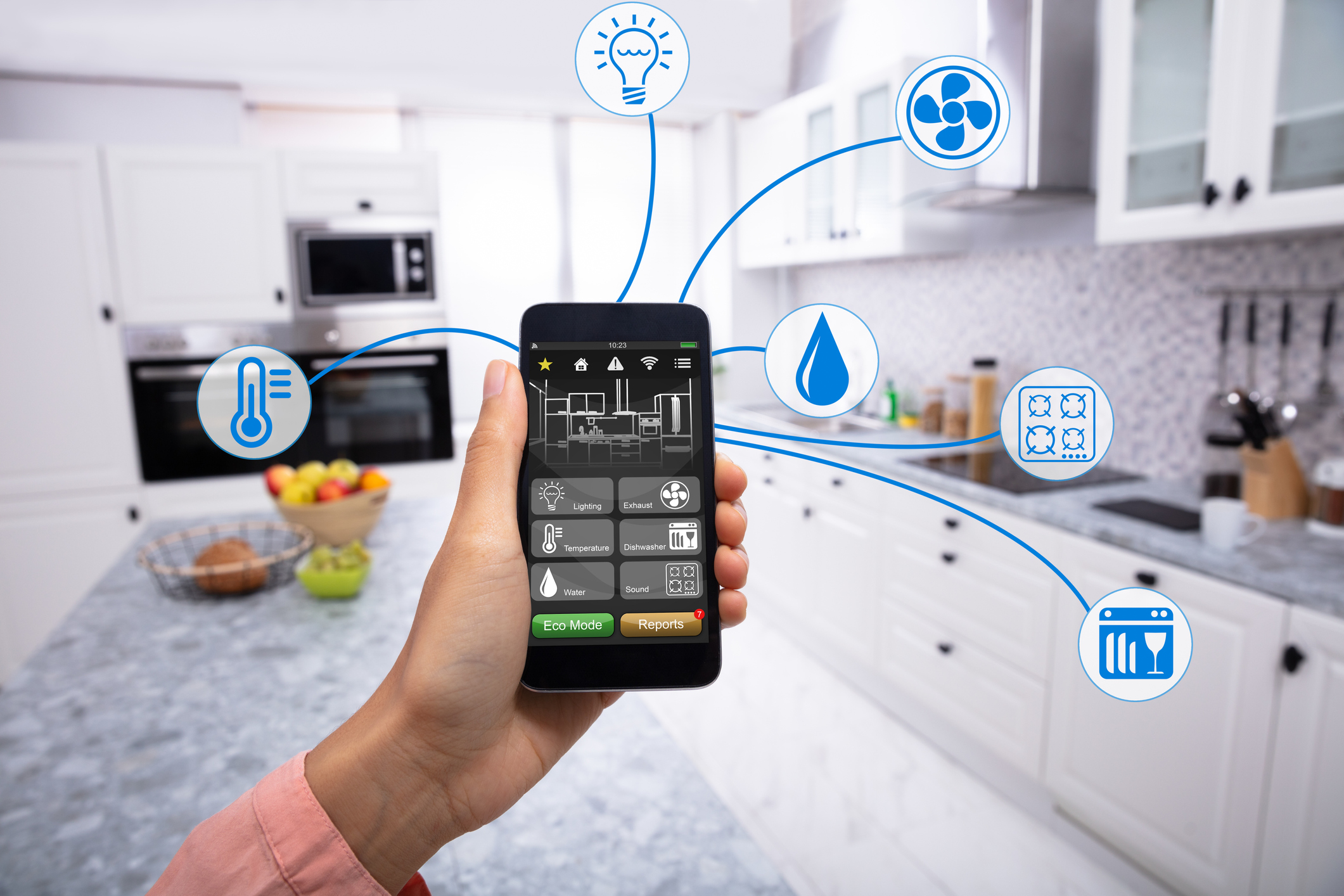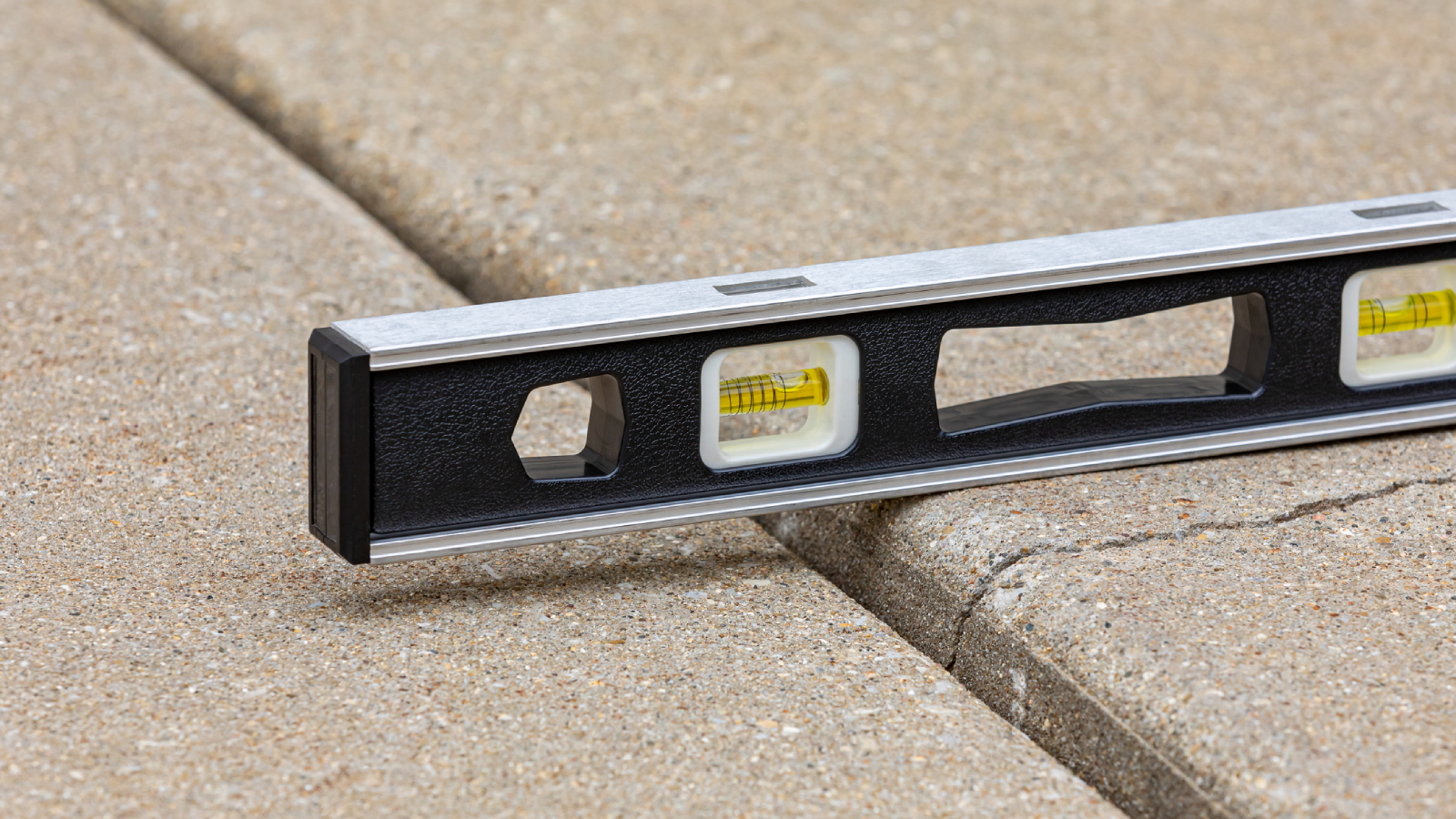How to Design a Smart Home: An Expert Guide
The technology to create a smart home is advancing at rapid pace — here’s how to incorporate it into your new home or building project

There are an ever-increasing number of options now available to create a smart home, from Alexa-enabled devices to full-blown cinema rooms and whole-house lighting, heating and security solutions.
It’s easy to dismiss the idea of a smart home as a ‘fad’. However, consider how we now live in our homes – browsing the internet on our phones, remote working, and streaming the latest series on our TVs (activities which are often happening simultaneously in a family home) – and you realise how intrinsic technology has become.
Options for a smart home broadly include:
- Audio, including multi-room audio which provides the option to play music across every ‘zone’/room or choose different music in different zones in the house
- Visual — from multi-room systems which allow you to stream box sets, sports etc, to different TVs throughout the home, to dedicated cinema and media rooms
- Lighting: Options include remote control – allowing you to turn on/off and dim lighting in a room or throughout the house – and intelligent lighting which mimics your daily use whilst you’re on holiday
- HVAC (heating, ventilation and air conditioning). Smart heating controls are important as we become increasingly aware of our energy use — being able to monitor and change the temperature in each room/zone is one way of reducing consumption
- Security options are numerous and include smart door entry systems and CCTV
- Importantly for most of us, internet provision.
Designing and Planning a Smart Home
The starting point is to give thought to how you live and how you’d like to live. Begin developing a wishlist — and decide on what elements are ‘nice to have’ (i.e. a dedicated media room to watch films and sports) and what is a ‘need to have’ (reliable wireless throughout the house, for instance).
To do this, you should consider the following:
- Visualise how you plan to use each room
- Consider how the house will function as a whole, and decide whether you’d like some degree of integration (window blinds connected to the lighting for instance)
- If you plan to live in your new home for the foreseeable future, deciding how your changing needs will be met should also shape your plans. “Consider how your rooms and home might change,” explains smart home specialist Alan Matthews of Automated Spaces. “Your tech requirements today are going to be different to those in the future; that playroom might become a study or a cinema room, for instance.”
Ultimately, your decisions regarding the technology for your smart home will come down to what you hope to achieve and your budget.
Do I Need a Professional to Create a Smart Home?
In very general terms, smart home tech can be divided into two areas: DIY smart home products which can be purchased ‘off-the-shelf’ and installed by the homeowner, and technology which requires professional install.
Bring your dream home to life with expert advice, how to guides and design inspiration. Sign up for our newsletter and get two free tickets to a Homebuilding & Renovating Show near you.
“DIY products offer a taster and can be a good solution at a basic cost,” says CEDIA Advanced Member Mike Ranpura of Smart Life AV. There are a growing number of products that offer a level of connectivity and options such as voice control.
However, if you are considering including multiple elements of technology – smart lighting, blind control and security, for instance – or a whole-house solution, you ideally need a smart home installer.
They will design in and install technology according to your needs. They will also unify control, providing a single source of control, thus removing the need to open multiple apps or reach for different remotes.
A specialist installer/designer can also be very beneficial at the ideas stage, making suggestions you’d perhaps never considered. They can also help whittle down your wishlist to reflect your priorities and budget.
If you’re going to hire a smart home specialist, it’s a very good idea to do so early on in a renovation or self build project.
CEDIA – the smart home industry body – should be your first port of call when looking for a smart home installer.
Before hiring a specialist, make sure they have had previous experience working on projects similar to your own. It’s also a good idea to see previous examples of their work.
When is the Ideal Time to Plan a Smart Home?

A smart home relies on infrastructure — more specifically, cabling. This may include data cabling for internet provision, speaker cabling for audio and coaxial cable for TV, to name but a few. This cabling needs to be designed in and installed properly to ensure the right cabling is introduced in the right places.
Installation is more cost-effective when working with a blank canvas rather than a finished home. “It’s infinitely more expensive – and often messy – to install a cable when the room is finished,” says smart home specialist Owen Maddock of ConnectedWorks.
Even if you instead plan to include wireless DIY products, ensuring your have reliable WiFi is normally essential and this again can be incorporated within your building plans (see below).
As such, building your own home or renovating a property can offer a more cost-effective opportunity to design a smart home — so long as you plan for it from the outset.
Ensuring Reliable Internet in a Smart Home
Even if you do not want an all-singing, all-dancing smart home, internet provision is key to most of us. Whether we’re working from home, browsing social media on our phones, or streaming the latest box set, high-speed, reliable internet provision is essential.
Again, introducing the infrastructure to achieve this can be done with relative ease while taking on a building project.
So why is this infrastructure so important?
- It’s more reliable
- Another issue for homeowners is that many building materials – such as steelwork, foil-backed insulation, glazing, etc – can be prohibitive to WiFi
“Good WiFi doesn’t just happen,” says smart home installer Alan Matthews of Automated Spaces. “You need to plan in advance in order to achieve robust coverage throughout the home.”
“The best and most reliable solution is to have several WiFi access points throughout the building — these are WiFi aerials, connected via data cables back to a central router,” explains Owen Maddock of ConnectedWorks. “The best access point systems are ‘active’; in other words, when you move about, the system moves your device over to the best aerial.”
A good way of achieving a wired and wireless (WiFi) network is to approach a smart home design/installation specialist.

There are smart home solutions available for every budget — with DIY solutions from as little as £30, ranging into the hundreds and thousands.
Accurate costs are much more difficult to establish when it comes to professional design and install due to the variables involved — the complexity of the install, the house, the location, the technology you hope to include, for instance, will be unique to your project.
However, smart home installer and expert Mike Ranpura of Smart Life AV provides the following indicative costs:
- In a typical four to five-bed house, expect to pay £6k to £10k for a smart home security system (including video doorbell, CCTV and alarm system)
- £8k-£25k for an automated lighting system
- £20k for a small cinema room
- Upwards of £60k-£65k for a whole-house system
Claire is Brand Development Editor and the former Editor in Chief of Homebuilding & Renovating website and magazine. She became Editor of Homebuilding & Renovating in 2016 and has been a member of the team for 16 years. An experienced homes journalist, her work has also appeared in titles such as Real Homes and Period Living.
She has a particular interest in green homes and sustainability, and interior design is a passion too; she has undertaken qualifications in this area.
After finishing a major renovation of a period cottage, she is now onto her next project: overhauling a 1930s property in the Shropshire countryside.

